Novel application of 3D printing could enable the development of miniaturized medical implants, compact electronics, tiny robots, and more.
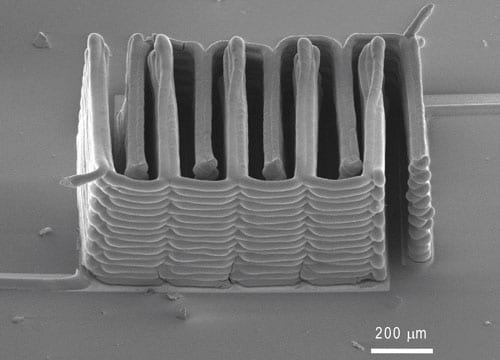

Novel application of 3D printing could enable the development of miniaturized medical implants, compact electronics, tiny robots, and more.
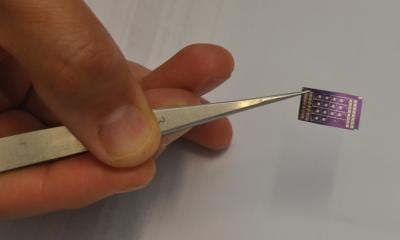
An “electronic nose” sensor being commercialized by Innovation Economy Crowd (ieCrowd), will be further refined to detect deadly pathogens.
Sensor aims to detect homemade explosives made with hydrogen peroxide without false positives from substances such as toothpaste.
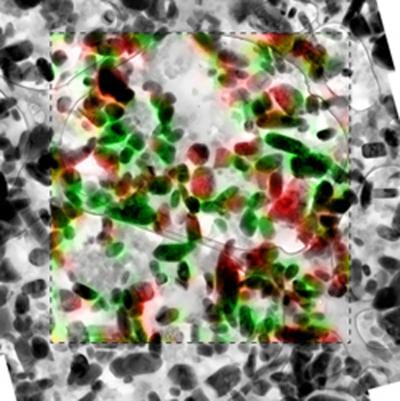
Findings could lead to better performance in lithium-ion batteries in electric vehicles, medical equipment and aircraft.
Lanthanum aluminum oxide and strontium titanium oxide make conducting system when sandwiched together – Stanford researchers have investigated why.
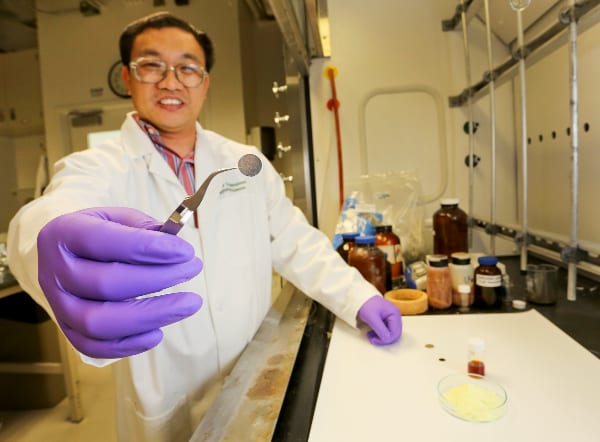
New all-solid sulfur-based battery outperforms lithium-ion technology.
LithFire-X has been awarded patent protection for a system to contain and extinguish lithium ion battery fires in electric energy storage configurations.
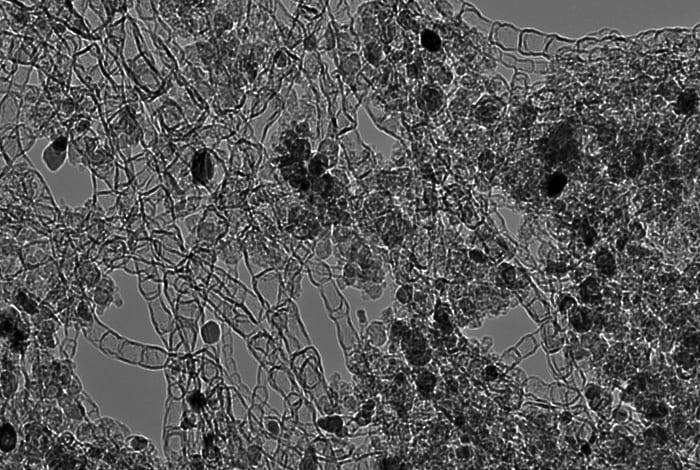
Economical non-precious-metal catalyst capitalizes on carbon nanotubes.
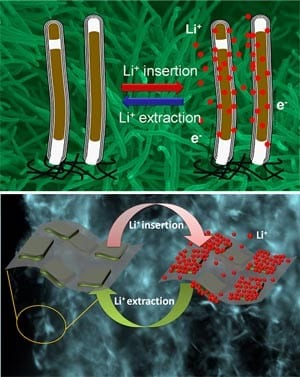
Scientists from the National Center for Nanoscience and Technology of China develop high-performance electrode materials for lithium-ion batteries.
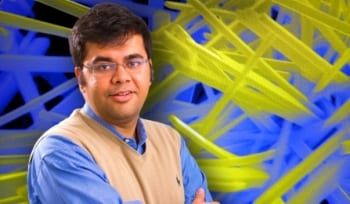
Two scientists have received a grant from the Research Corporation for Science Advancement to devise a new method for gleaning hydrogen fuel from water.